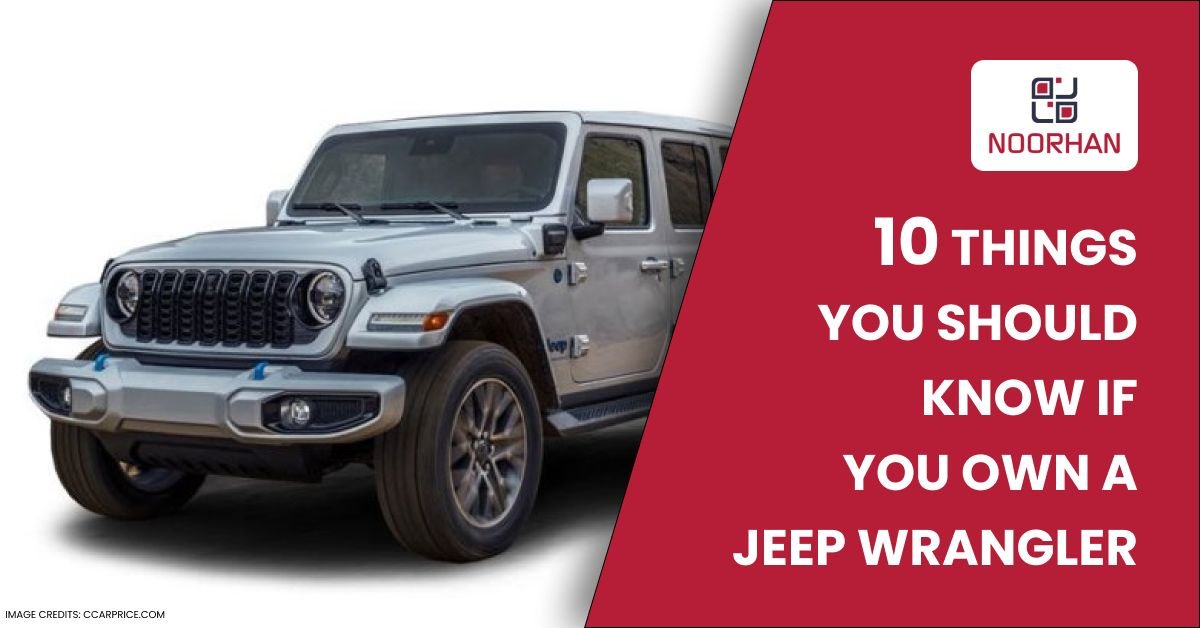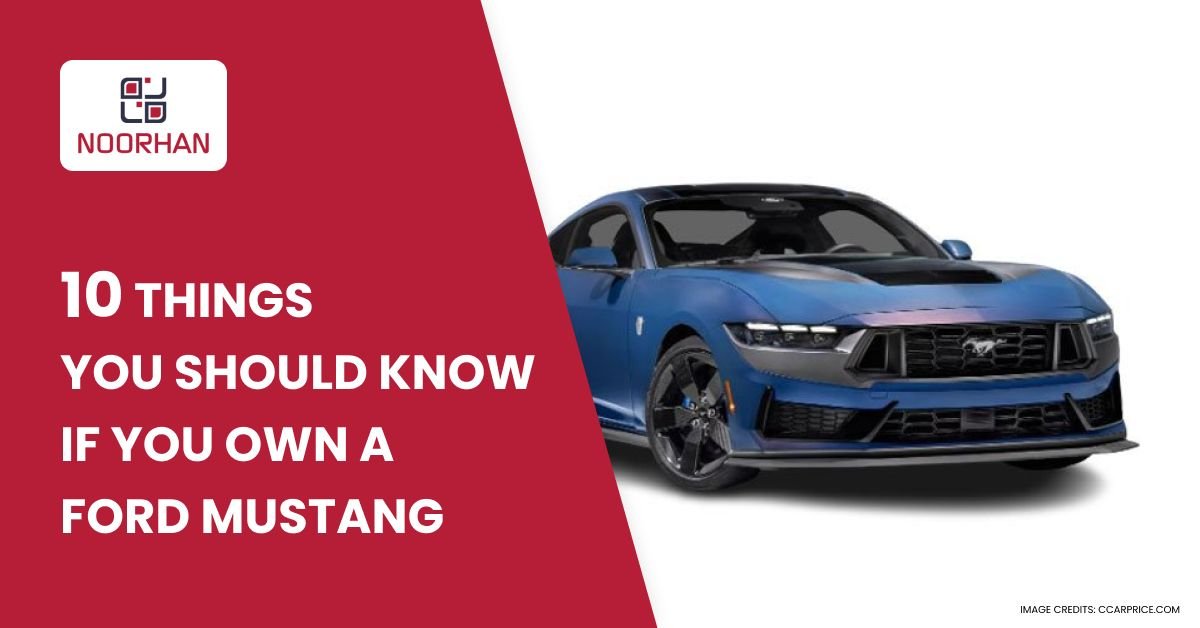History of Mitsubishi
The Japanese businessman Yataro Iwasaki started the Tsukumo Shokai Shipping Company in 1870. This is where the roots of the Mitsubishi Electric Corporation can be found. The company grew, making cars, mining equipment, and office supplies. During World War II, it lost to the Allies and broke up, but after the war, it could get back into the Japanese and American markets.
Mitsubishi History:
In 1870, Yataro Iwasaki’s shipping enterprise was called Tsukumo Shokai Shipping enterprise. In 1872, it became Mitsukawa Shokai. Two years later, the company altered its name to Mitsubishi Mail Steamship.
At this time, the Mitsubishi logo matched the company’s name, meaning “three diamonds” in Japanese. The image is still used today and is just as easy to remember as Mitsubishi.
In 1921, the Mitsubishi Shipbuilding Company expanded into other product lines and established a factory in Kobe, Japan, to produce electric motors for ships. This marked the beginning of what would become the Mitsubishi Electric Corporation. The new part of the company was called the Mitsubishi Electric Corporation.
As early as the 1920s, Mitsubishi pioneered air recycling technology. They must still create air conditioning. Their initial offering was a simple tabletop fan. The people of Japan, whose climate is sweltering and humid, embraced this simple device. Later in the century, the company used the profits from desk fan sales to manufacturing escalators, elevators, televisions, and computers, among other electrical products.
Mitsubishi Electric is the only company that makes spiral elevators anywhere in the world. In 1985, they put in the first spiral escalator. Since then, they have made 103 of them in Japan, China, and the United States. They have since put in the world’s biggest spiral escalator at the New World Daimaru Department Store in Shanghai, China. It goes up 12 stories.
Mitsubishi developed many new ideas in the 1990s, and 1994 was a big year for air conditioning technology. This was the year Mitsubishi made the first home air conditioner that used less energy. The Stratospheric Ozone Protection Award was given to Mitsubishi by the US Environmental Protection Agency for their work. In 1999, Mitsubishi finished and started running the first plant to recycle old home appliances at Higashihama.
At the 2007 National Commendation for Invention Awards, the company took home the Chairman’s Prize from the Japan Institute of Invention and Innovation. This showed that the company was still doing well in the industry. Mitsubishi won the award because of their work to reuse old refrigerant pipes in new air conditioning units.
In 2012, Mitsubishi made automatic disassembly equipment that makes it faster, cheaper, and more environmentally friendly to get rare earth magnets out of old air units. At Green Cycle Systems Corporation, this process is still going on right now.
In 2016, Mitsubishi’s air conditioning business grew even more. It opened a new company in Turkey called Mitsubishi Electric Air Conditioning Systems Manufacturing Turkey. From January 2018, the line will make tens of thousands of pieces each year.
Future of Mitsubishi:
The Mitsubishi Engelberg Tourer is named after a breathtakingly beautiful and mountainous ski area renowned for its challenging off-piste topography.
It grants drivers more freedom and confidence in all weather and road conditions. The Twin Motor 4WD plug-in hybrid electric vehicle’s (PHEV) extended range makes it ideal for trips to locations without charging stations.
The Mitsubishi Engelberg Tourer is a stylish and versatile crossover SUV capable of doing anything. In typical Mitsubishi fashion, the exterior design displays the vehicle’s strength and dependability, allowing it to navigate any road. The spacious interior, crafted with great care and attention to detail, will enable passengers to enjoy their journey to their destination easily.
You can make the Mitsubishi Engelberg Tourer even more environmentally sustainable with a Dendo Drive House (DDH) plan that includes an EV/PHEV, a bi-directional charger, solar panels, and a home battery. DDH enables users to charge their EV/PHEV at home using solar power to save money, and in the event of a power outage, they can use their EV/PHEV to power their home.
Mitsubishi’s CA-MiEV concept car:
The Mitsubishi Concept CA-MiEV shows where Mitsubishi Motors Corporation, which made the world’s first mass-produced electric car (the Mitsubishi i-MiEV), thinks electric vehicles (EVs) are going shortly.
The Mitsubishi Concept CA-MiEV’s exterior is soft but strong and looks like it’s racing toward the future. Its eye-catching sheet metal hides powerful next-generation EV technologies.
Its headlights and rear taillights are shaped like cut diamonds, which gives the car a deep and polished look. The wheels of this idea car are also made to look like they have been cut into facets.
Its next-generation EV engine is efficient and uses lightweight parts built into an electric motor, inverter, and charger module. This helps to cut down on power losses. It also has wireless magnetic resonance charging for lithium-ion batteries. With its 28 kWh lithium-ion main drive battery pack, streamlined aerodynamics, and massive weight loss, this EV design can go about 185 miles (300 km) on a single charge.
Advanced safety features like Lane Departure Warning (LD W), Active Cruise Control (ACC), and Forward Collision Mitigation (FCM) have also been built into this sleek, futuristic EV, along with handy features like remote-controlled air conditioning and battery charging.
Conclusion:
Even though there have been problems, Mitsubishi is getting stronger and stronger. Since pickups and SUVs are becoming more popular in the UK, Mitsubishi is now a familiar sight on British roads. Mitsubishi still makes great cars that are popular with both families and businesses. Their new Alliance will help Mitsubishi and their future vehicles.
FAQs (Frequently Asked Questions)
Why does Mitsubishi cost so little?
Most Mitsubishi cars are less expensive than other cars. This isn’t because their parts or construction could be better or because they’re cheap cars. Instead, Mitsubishi’s competitively low prices help the company grab a larger slice of the increasingly saturated auto industry.
Is the air conditioning in Mitsubishi excellent or bad?
Mitsubishi Electric Air Conditioners was selected Asia’s Most Trusted Brand (Air Conditioners) for 2022, demonstrating that they understand customer service!
What makes Mitsubishi so well-known?
Mitsubishi has been manufacturing autos for nearly a century, and their speed technology was among the first. They designed well-known automobiles like the Lancer, Montero, Eclipse, and Galant.
Is a Mitsubishi engine trustworthy?
Mitsubishi has a solid reputation for building dependable autos. The high quality of the parts and engines used in Mitsubishi vehicles, as well as the fact that they are made in Japan, help to improve the company’s reputation.
Is Mitsubishi better than Honda?
J.D. Power & Associates surveyed new car drivers for their 2021 Initial Quality Study. They discovered that Mitsubishi vehicles outperform Honda vehicles right out of the box.
Where can you buy Mitsubishi Spare Parts in Dubai?
Mitsubishi Spare Parts are available at different suppliers and dealers of auto spare parts in Dubai. Noorhan is amongst the leading brands that deal with genuine auto spare parts and aftermarket parts for different car brands, including BMW, Mercedes, Audi, Porsche, Honda, Toyota, Nissan, Mazda, Jeep, Ford, and other Japanese, European, American, Korean, luxury cars brand.
If you’re looking to replace your Mitsubishi spare parts with high-quality aftermarket parts in Dubai, Noorhan can help you.



























































